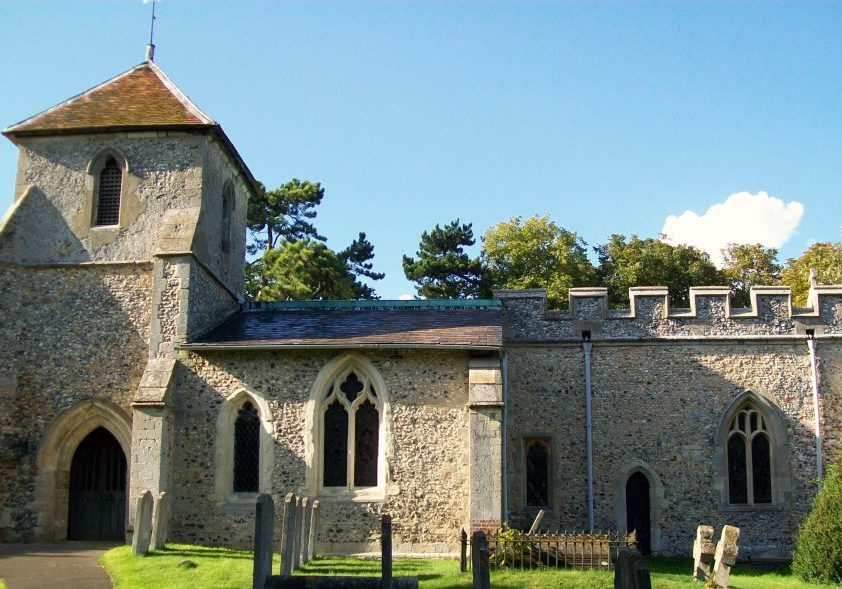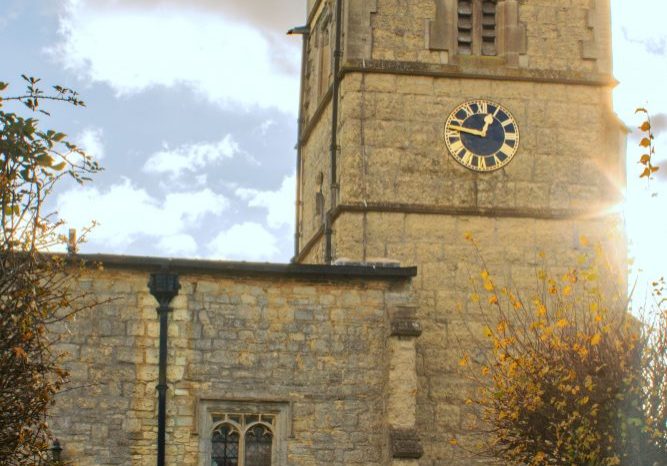
Granborough, St John the Baptist
A Grade II* listed medieval church dating from the C14th, St John’s is home to pipistrelle and brown long-eared bats, which roost in the chancel.
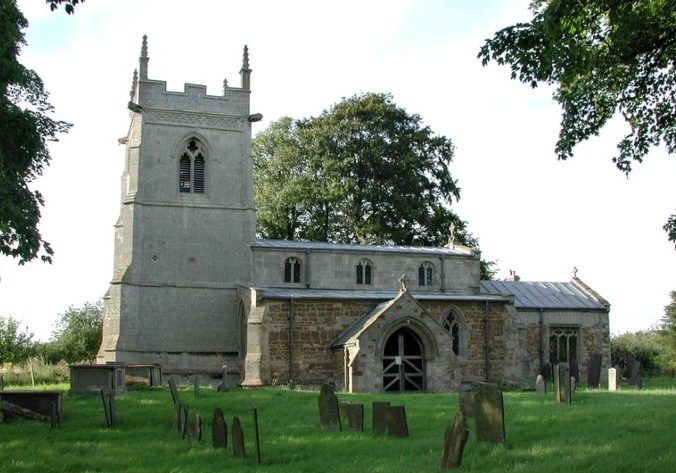
Garthorpe, St Mary
Built largely in the C14th this beautiful medieval Grade I listed church is looked after by the Churches Conservation Trust. Both Natterer’s and brown long-eared bats roost inside the church.
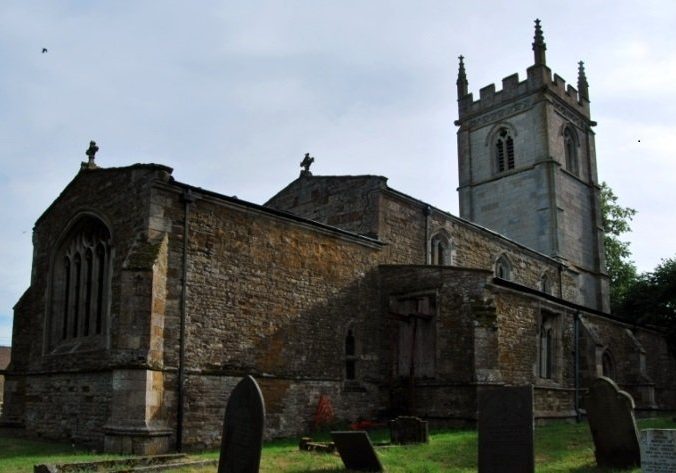
Freeby, St Mary
The Grade I listed church of St Mary’s, Freeby is in the care of the Churches Conservation Trust. It shelters a maternity colony of Natterer’s bats, as well as roosts of common pipistrelles.
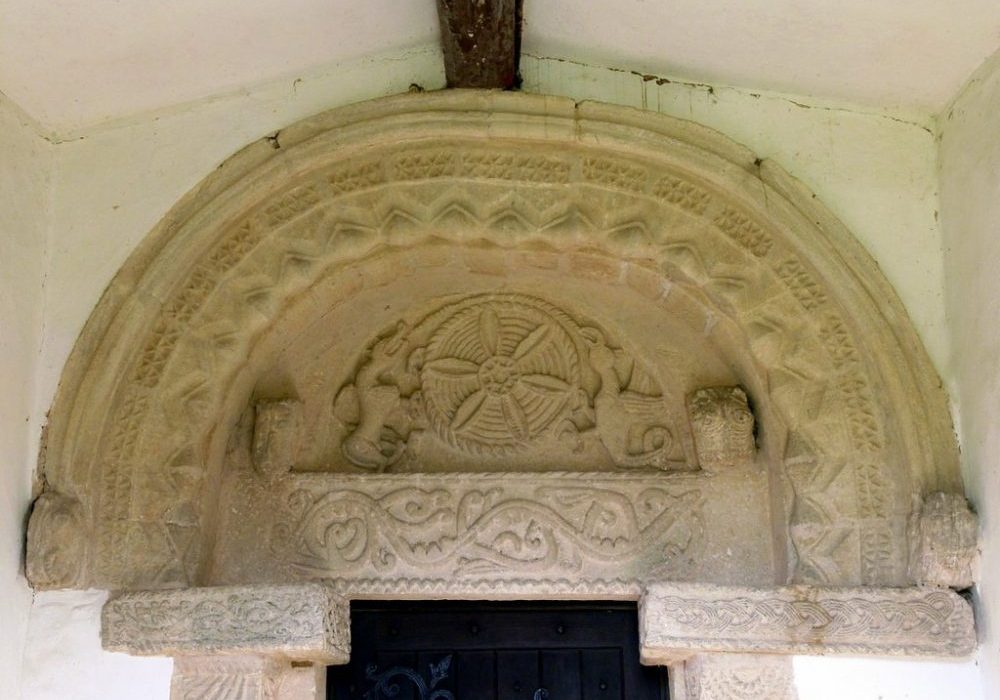
Egleton, St Edmund
The pretty church of St Edmund’s has a striking Norman tympanum over the south doorway with fine carved mouldings of animals and foliage. The church is home to a large maternity colony of soprano pipistrelles.
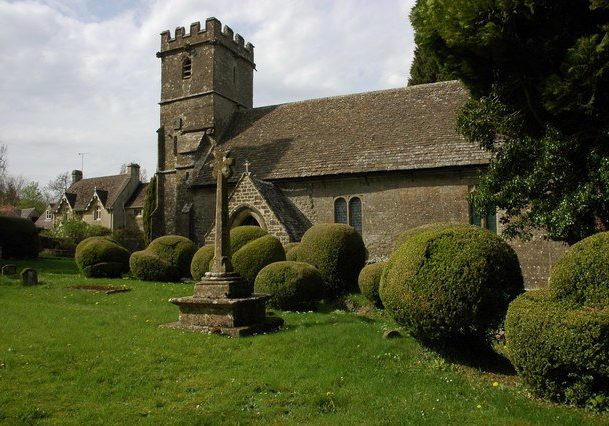
Edgeworth, St Mary
At the end of a narrow single track lane on the outskirts of what has been described as one of the remotest villages in the Cotswolds, St Mary’s is a hidden gem.
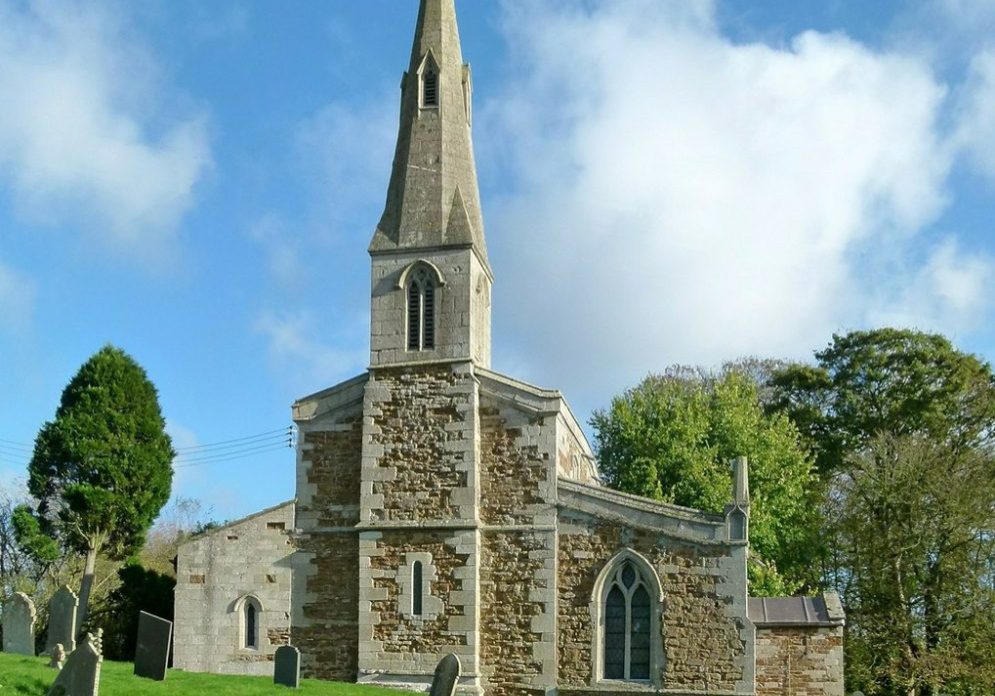
Coston, St Andrew
The distinctive medieval church of St Andrew is Grade I listed and home to a maternity colony of Natterer’s bats.
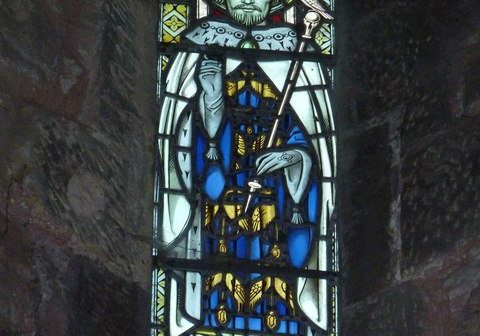
Compton Martin, St Michael the Archangel
The Norman Grade I listed church of St Michael the Archangel is home to seven species of bats.
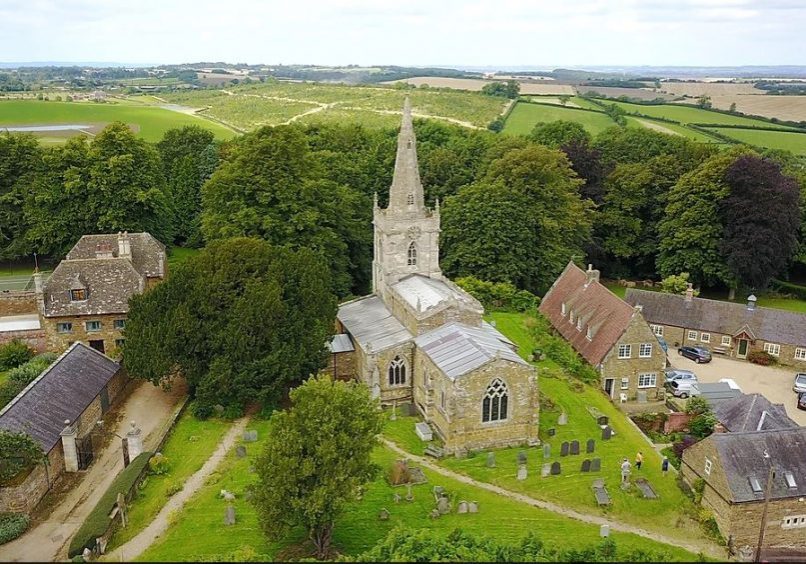
Cold Overton, St John the Baptist
This Grade I listed church is adorned with rare C13th pre-Reformation wall paintings on two of its lime-plastered walls. Bat boxes in the nave roof provide new roosting spaces for a maternity colony of soprano pipistrelles.

